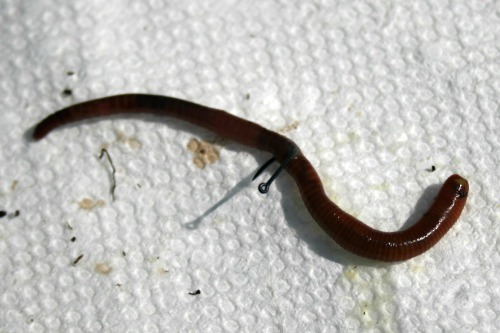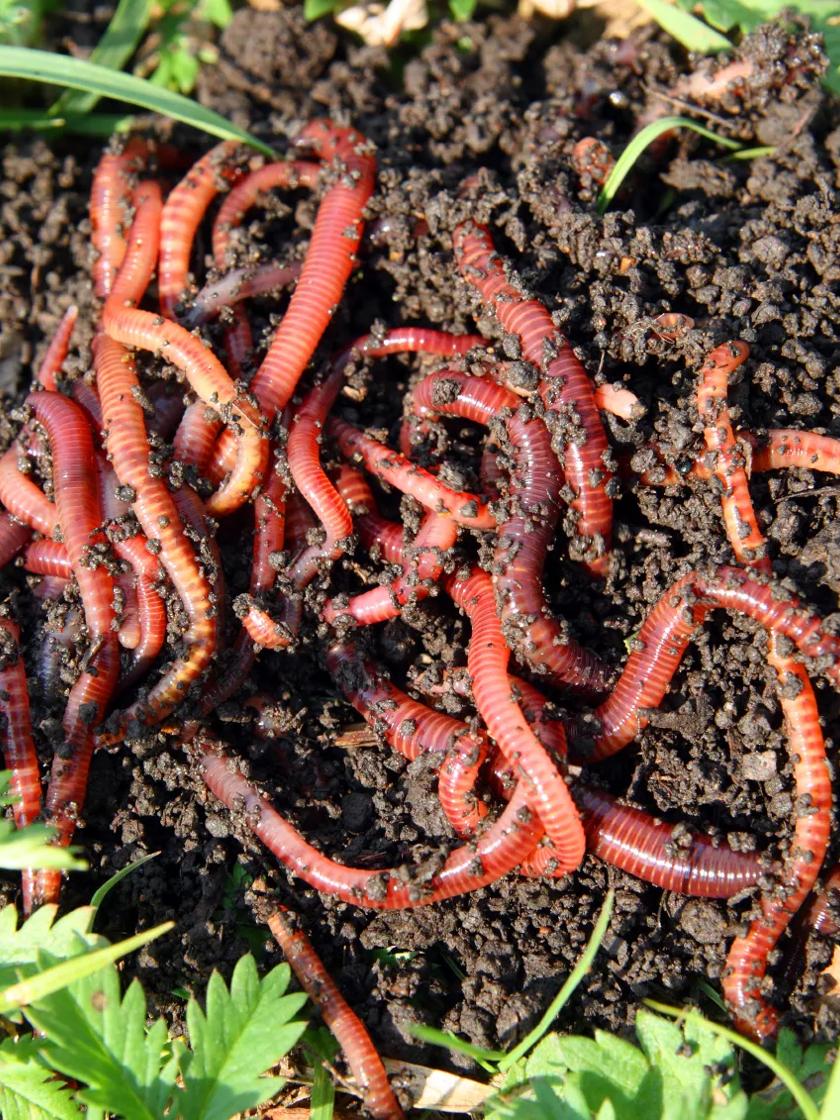Maximize Lawn Growth with Top-Rated Products from Red Wiggler Express
Maximize Lawn Growth with Top-Rated Products from Red Wiggler Express
Blog Article
Red Wigglers: The Unsung Heroes of Organic Waste Recycling
Red wigglers, or Eisenia fetida, serve as critical agents in the organic waste reusing procedure, transforming discarded products into beneficial vermicompost. As the globe significantly seeks options to combat waste build-up and improve agricultural performance, understanding the function of these worms becomes important.
What Are Red Wigglers?
The impressive durability of red wigglers, medically known as Eisenia fetida, emphasizes their essential duty in organic waste recycling. These little, reddish-brown earthworms are typically discovered in decomposing raw material, such as garden compost heaps and manure stacks. Lake Hickory Bait. Unlike various other earthworm species, red wigglers thrive in nutrient-rich environments and are highly effective at damaging down organic materials, making them essential for vermicomposting

(Red Wiggler Express)Along with their function in waste decrease, red wigglers add to dirt wellness by enhancing dirt structure and aeration through their burrowing tasks (Lake Hickory Bait). Their visibility in composting systems not only improves decomposition prices but additionally advertises a lasting approach to lose monitoring, showing their relevance in ecological preservation initiatives
Benefits of Composting With Worms
Composting with worms, especially red wigglers, uses countless benefits that enhance both waste monitoring and dirt health. Initially, these worms successfully break down natural waste, converting it into nutrient-rich vermicompost that enhances soil. This procedure increases decay, permitting a quicker recycling of cooking area scraps and other organic products contrasted to typical composting approaches.
Furthermore, the vermicompost produced by red wigglers is teeming with useful microbes, which assist improve dirt structure, oygenation, and wetness retention. This boosts the total wellness of plants, promoting strenuous growth and raised yields in gardens and farming setups. The use of worms in composting decreases the production of greenhouse gases, such as methane, adding to a more sustainable waste monitoring system.

Just How to Beginning Vermicomposting
Developing a vermicomposting system is a simple procedure that can produce significant advantages for both waste management and dirt enrichment. To start, choose an appropriate container, such as a plastic bin or wooden box, with ample ventilation openings to make sure proper air movement. The measurements must preferably be about 2 feet by 3 feet, permitting adequate room for the worms to flourish.
Next, prepare bed linen product, which can contain shredded newspaper, cardboard, or coconut coir. This bed linens needs to be moistened to develop a suitable habitat for the worms. When the bed linens remains in area, introduce red wigglers (Eisenia fetida) into the container, usually around one pound of worms for every square foot of surface location.
Adhering to the placement of worms, include natural waste, such as fruit and veggie scraps, coffee grounds, and smashed eggshells. Prevent adding milk, meat, or oils, as these can develop smells and attract insects. Place the container in a shaded, temperature-controlled location to maintain ideal problems for worm task. With these steps, you will effectively start a vermicomposting system that adds to sustainable waste management and improves your soil.
Preserving a Healthy Worm Bin
(Red Wiggler Express)Keeping a worm bin thriving calls for normal interest and like guarantee the wellness of the red wigglers and the Red Wiggler Express performance of the composting process. Correct upkeep begins with keeping track of the wetness degrees; the bin must be damp however not soaked. A good rule of thumb is to maintain a consistency similar to a wrung-out sponge.
Oygenation is essential. Gently mixing the bed linens and food scraps every couple of weeks stops compaction and makes sure that all worms have accessibility to oxygen. Additionally, it is essential to feed the worms appropriately. A balanced diet plan of vegetables and fruit scraps, coffee premises, and crushed eggshells must be used in moderation to avoid overfeeding, which can cause smells and insects.
If the container comes to be as well hot or cool, the worms might end up being stressed. By faithfully handling these aspects, one can keep a durable and efficient worm bin.
Influence On Lasting Living
The successful maintenance of a worm bin not only benefits the health of red wigglers however also contributes considerably to lasting living methods. By reusing natural waste, such as cooking area scraps and backyard debris, red wigglers help divert substantial quantities of material from landfills. This decrease in waste not just reduces greenhouse gas discharges yet likewise minimizes the environmental burden connected with waste management.
Moreover, the spreadings produced by red wigglers serve as a nutrient-rich natural plant food, enhancing dirt wellness and advertising plant development. This natural choice to chemical plant foods sustains lasting agriculture and horticulture techniques, decreasing reliance on synthetic inputs that can hurt communities. In addition, worm composting cultivates recognition of waste monitoring, motivating people and areas to take on more sustainable practices.

Verdict
In recap, red wigglers offer as vital contributors to natural waste recycling with their effective decomposition of organic materials. Their ability to produce nutrient-rich vermicompost enhances dirt health and wellness and supports sustainable farming methods. By integrating vermicomposting right into waste monitoring techniques, individuals and neighborhoods can considerably decrease waste while promoting ecological sustainability. The role of Eisenia fetida in fostering healthy ecosystems emphasizes the relevance of these organisms in attaining lasting living and improving dirt fertility.
Report this page